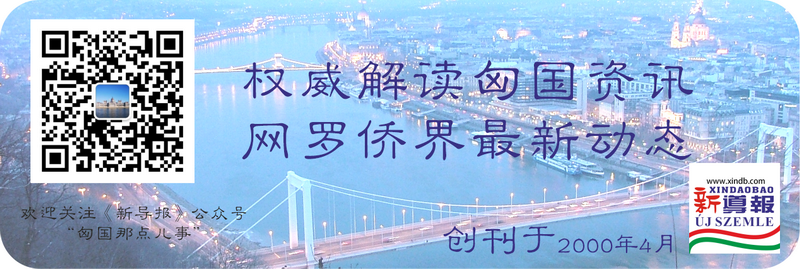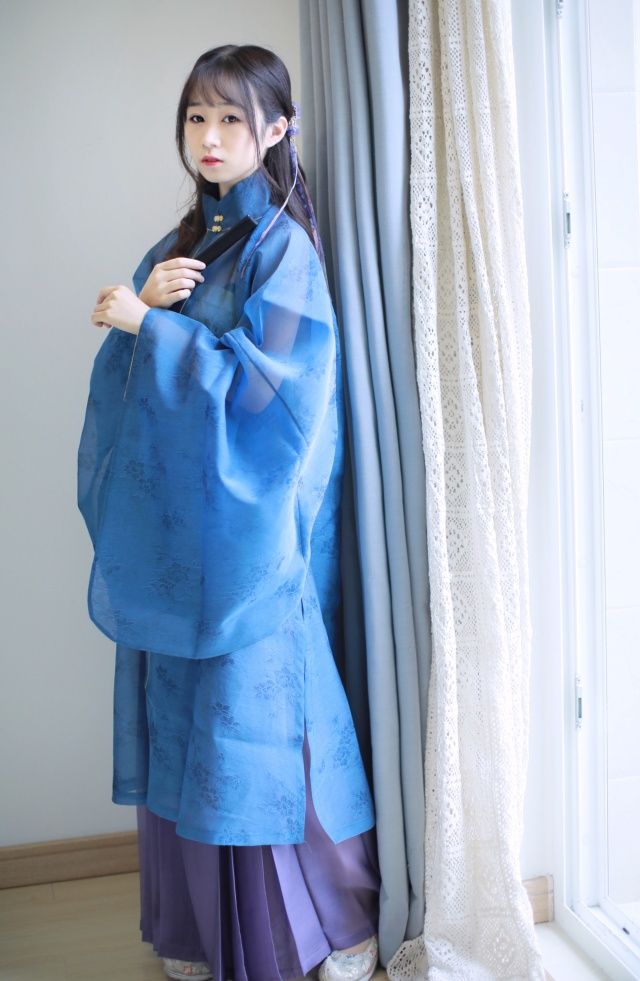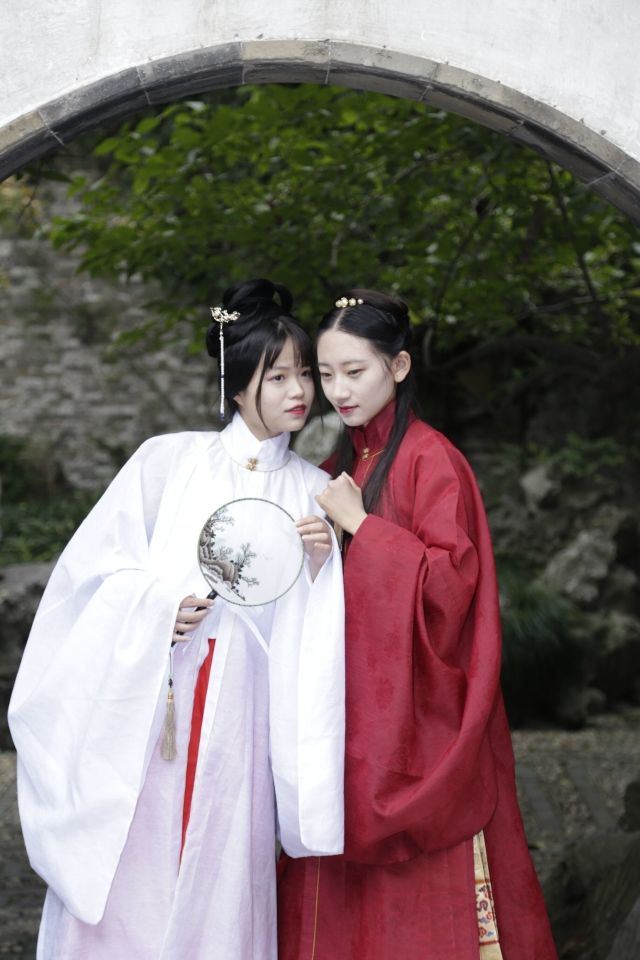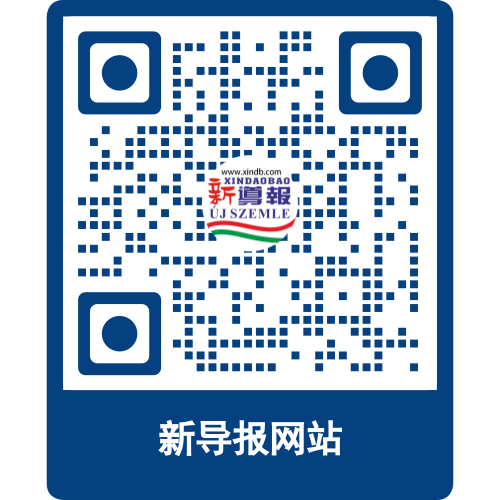

Hanfu,the traditional attire of the Han ethnic group,embodies the aesthetic preferences,spiritual temperament,and cultural customs of the Han Chinese through its styles,materials,craftsmanship,decorative techniques,and wearing methods.Hanfu serves as a significant bond in maintaining the Han ethnic identity.Headwear,upper garments,lower garments,and accessories constitute the styles of Hanfu.It is classified into casual wear,formal wear,ceremonial wear,and ritual wear(ceremonial attire)based on different occasions.Hanfu itself features beauty in its lines,craftsmanship,and cultural essence,creating an aesthetic harmony with the wearer.
Hanfu does not solely refer to the clothing of the Han Dynasty but originated in the Western Zhou Dynasty.Although it declined during the Qing Dynasty's"Queue Order,"its tradition has been upheld for more than3,700years as the authentic attire of the Han ethnic group.From the Zhou to the Ming Dynasty,despite changes in dynasties,the characteristics of Han ethnic clothing(formerly known as Huaxia ethnic clothing)have remained relatively consistent.These include features such as"cross-collar,right lapel over left,narrow sleeves,loose and flowing cuts,and concealed fastenings with sashes,"which influenced the attire of ancient ethnic minorities and neighboring countries like Japan and Korea,fostering a sense of commonality in East Asian clothing styles.
Hanfu making in the Yimeng region retains the general characteristics of traditional Hanfu,such as basic patterns and cutting techniques.It also reflects the local characteristics of the Yimeng region,especially in the choice of fabric materials and the use of printing and dyeing techniques based on local crops.In terms of color combinations and aesthetics,it embodies the simple and conservative nature of the Yimeng region's local customs.
(Wang Qinglong and Zhuang Huixi)





